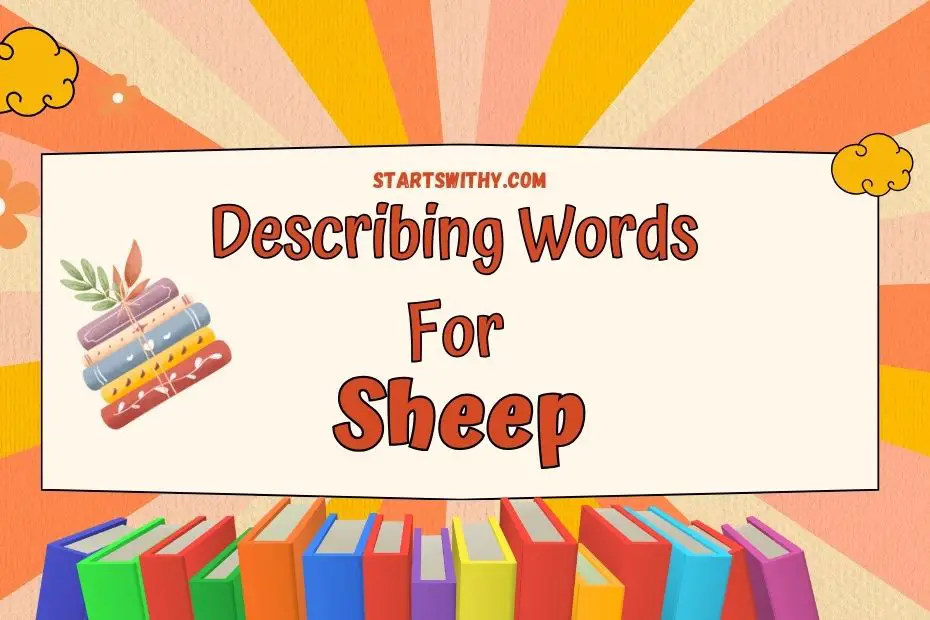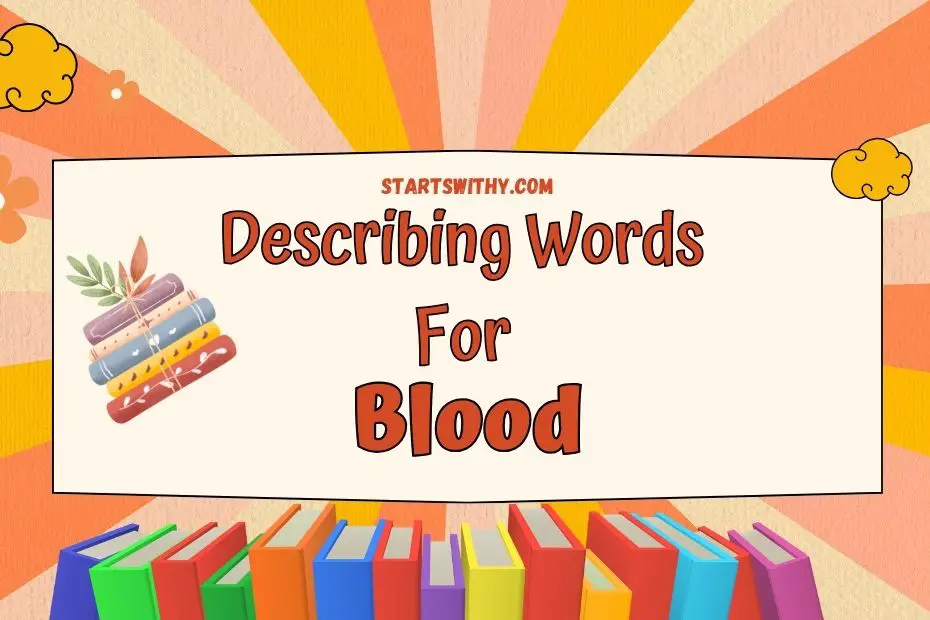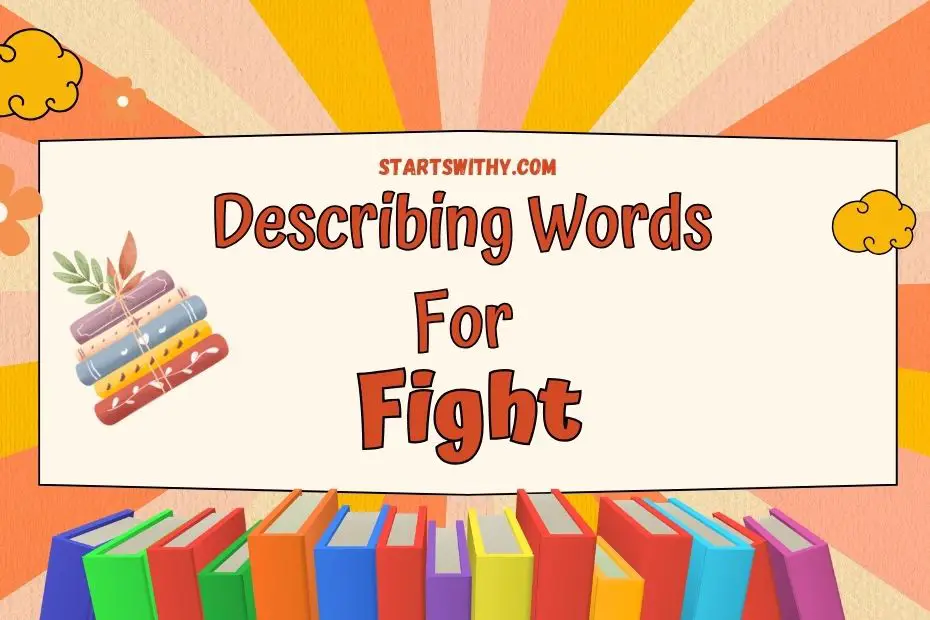When it comes to describing sheep, there’s a whole flock of adjectives to choose from. These woolly wonders are known for their gentle nature, fluffy coats, and unmistakable presence in the countryside. Whether you’re a farmer, an animal enthusiast, or simply curious about these adorable creatures, this article will take you on a linguistic journey through the world of adjectives for sheep.
From “fleecy” to “curious,” each adjective offers a unique glimpse into the characteristics and qualities of these remarkable animals. Picture a “contented” sheep grazing peacefully in a meadow, or a “playful” lamb frolicking in the springtime. Throughout this article, I’ll provide you with a range of descriptive words and real-life examples that will bring these adjectives to life.
So, get ready to dive into the world of adjectives for sheep. Whether you’re seeking inspiration for your next piece of writing or simply want to expand your vocabulary, this article will have you bleating with joy at the sheer variety of words that can be used to describe these delightful creatures.
How to Describe sheep? – Different Scenarios
When it comes to describing sheep, there are a variety of adjectives that can be used depending on the scenario. Whether you’re discussing their appearance, behavior, or the environment they live in, here are some descriptive words that can help paint a vivid picture:
Appearance:
- Wool: Soft, fluffy, thick, curly, crimped, snowy white, jet black, spotted, speckled, multi-colored, shorn, matted, greasy, lanolin-rich.
- Face: Expressive, gentle, curious, wide-eyed, long eyelashes, Roman nose, Roman nose, floppy ears (pendulous), drooping ears, perked ears, freckled, pink nose.
- Legs: Slender, delicate, hooves, cloven hooves, black hooves, patterned hooves, dewclaws, agile, surefooted.
- Tail: Short, stubby, wagging, twitching, docked, fluffy.
- Horns: Present (rams and some ewes), absent (polled), spiral-shaped, curved, smooth, ridged, impressive, formidable.
Behavior:
- Grazing: Peaceful, methodical, head down, munching, selective, nibbling, in a group, solitary.
- Flocking: Close-knit, huddled together, following the leader, moving as one, bleating, communicating.
- Resting: Sprawled out, chewing the cud (regurgitating and re-chewing food), basking in the sun, sleeping soundly, twitching ears, alert.
- Playing: Frolicking, chasing each other, leaping, head-butting playfully, full of energy, curious.
- Reacting: Startled, running away, bleating in alarm, huddling together for protection, following the shepherd’s commands.
Describing Words for sheep in English
When it comes to describing sheep, there are many adjectives that can be used to paint a picture of these adorable creatures. Whether you’re talking about their appearance, behavior, or the environment they live in, there are a variety of descriptive words that can help bring your writing to life. Let’s explore some of these adjectives and their meanings:
- Fluffy: Sheep are known for their fluffy coats, which are often used to make warm clothing like sweaters and blankets. Their wool is soft and gives them a cuddly appearance.
- Woolly: Another way to describe a sheep’s coat is by using the word “woolly.” This emphasizes the thickness and softness of their wool, making it a perfect adjective to showcase their cozy appearance.
- Curly: Some sheep have curly wool, which gives them a unique and playful look. This adjective can be used to describe those sheep that have tight, spiral-shaped curls in their wool.
- Gentle: Sheep are known for their gentle and docile nature. They are calm and easy to handle, making them ideal for children to interact with. This adjective highlights their peaceful temperament.
- Curious: Sheep are curious animals that like to explore their surroundings. They often approach new things with interest and can be seen investigating their environment. This adjective captures their inquisitive nature.
- Contented: Sheep are creatures that thrive in a peaceful and comfortable environment. They are often seen grazing peacefully in fields and meadows, radiating a sense of contentment. This adjective showcases their state of serenity.
- Pastoral: When we think of sheep, we often imagine them in a pastoral setting, surrounded by green fields and rolling hills. This adjective evokes a sense of countryside charm and tranquility.
When it comes to describing sheep, there is no shortage of adjectives to choose from. Whether you want to highlight their fluffy coats, gentle nature, or the picturesque environment they live in, these descriptive words will help you bring your writing to life.
Adjectives for sheep
Positive Adjectives for Sheep with Examples
When it comes to describing sheep, there are countless positive adjectives that can be used to bring these adorable creatures to life. Here are some examples of positive adjectives that capture the various aspects of sheep:
- Fluffy: The sheep’s wool is incredibly fluffy, making them look irresistibly adorable.
- Woolly: Sheep’s wool is not only fluffy but also thick and woolly, providing them with both warmth and charm.
- Curly: With their curly coats, sheep have a unique and eye-catching appearance.
- Gentle: Sheep are known for their gentle nature, making them the perfect companions for anyone seeking a calm and peaceful creature.
- Curious: Sheep have a natural curiosity, always wondering and exploring their surroundings.
- Contented: When sheep are well taken care of and have plenty to eat, they exhibit a contented demeanor that is truly heartwarming.
- Pastoral: Sheep are often associated with the pastoral lifestyle, evoking images of tranquil meadows and idyllic countryside scenes.
These positive adjectives can help to create vivid descriptions that engage readers and paint a clear picture of sheep’s endearing qualities.
Negative Adjectives for Sheep with Examples
While there are many positive adjectives to describe sheep, there are also some negative adjectives that can be used to capture different aspects of their behavior or appearance. Here are a few examples:
- Stubborn: Sheep can sometimes be stubborn, making it challenging to get them to move or follow instructions.
- Messy: Sheep, especially when grazing, can be a bit messy, leaving their surroundings littered with chewed grass and wool fibers.
- Noisy: Sheep can be surprisingly noisy, particularly during feeding time or when they sense danger.
- Timid: Some sheep tend to be timid, easily spooked or scared by sudden movements or loud noises.
- Dirty: In certain circumstances, sheep may become dirty, especially if they haven’t been able to keep themselves clean due to muddy conditions or lack of grooming.
It’s worth noting that while these negative adjectives exist, they are not meant to overshadow the many positive qualities and endearing characteristics that sheep possess.
To summarize, whether you’re writing a story, poem, or simply trying to convey the essence of sheep in your writing, using a combination of positive and negative adjectives can help bring your descriptions to life. From their fluffy and woolly coats to their gentle and curious nature, adjectives play a vital role in capturing the charm and appeal of these delightful creatures.
Synonyms and Antonyms with Example Sentences
Synonyms for Sheep
When it comes to describing sheep, there are several synonyms that can be used to paint a vivid picture. These synonyms help to capture the various characteristics and qualities that make sheep unique. Here are a few examples:
| Synonym | Definition | Example Sentence |
|---|---|---|
| Fluffy | Soft and light in texture or appearance | The lamb’s fur was fluffy and white. |
| Woolly | Covered with dense, curly wool | The sheep’s coat was thick and woolly. |
| Curly | Having curls or waves | The lamb had adorable curly hair. |
| Gentle | Kind and not rough or violent | The sheep was gentle and calm around the children. |
| Curious | Eager to know or learn something | The sheep approached me with a curious look. |
| Contented | Feeling or expressing satisfaction | The flock of sheep looked contented as they grazed in the field. |
| Pastoral | Relating to the countryside or rural life | The landscape was dotted with pastoral scenes of grazing sheep. |
Using these synonyms allows us to bring the descriptions of sheep to life and create a more engaging narrative.
Antonyms for Sheep
While it’s important to focus on the positive attributes of sheep, it’s also essential to acknowledge the negative aspects. By including antonyms for sheep, we can provide a balanced perspective. Here are a few antonyms that describe certain behaviors or appearances of sheep:
| Antonym | Definition | Example Sentence |
|---|---|---|
| Stubborn | Unreasonably refusing to change one’s opinion or course of action | Some sheep can be stubborn and difficult to move. |
| Messy | Disorderly or untidy | The sheep left a messy trail of wool as they grazed. |
| Noisy | Making a lot of noise | The flock of sheep became noisy during feeding time. |
| Timid | Shy or lacking in self-confidence | The young lamb was timid and stayed close to its mother. |
| Dirty | Covered or marked with dirt or grime | The sheep’s wool was dirty from rolling in the mud. |
By using a combination of positive and negative adjectives, we can paint a complete picture and capture the charm and appeal of these fascinating animals.
Conclusion
In this article, I have explored a variety of adjectives that can be used to describe sheep. From positive adjectives like “fluffy,” “woolly,” and “gentle,” to negative adjectives such as “stubborn” and “dirty,” we have covered a range of characteristics that define these animals.
It is important to remember that while negative adjectives exist, they should not overshadow the many positive qualities and endearing characteristics that sheep possess. By using a combination of positive and negative adjectives, we can bring descriptions of sheep to life and capture their charm and appeal.
Additionally, I have provided synonyms and antonyms for describing sheep, along with examples of sentences using these words. By incorporating these alternatives into our narratives, we can create a more engaging and balanced perspective on the characteristics of sheep.
Whether you are writing a story, a poem, or simply trying to describe a sheep in a more vivid way, these adjectives and their examples will undoubtedly enhance your writing. So go ahead, embrace the beauty of language and let these descriptive words bring your descriptions of sheep to life.



